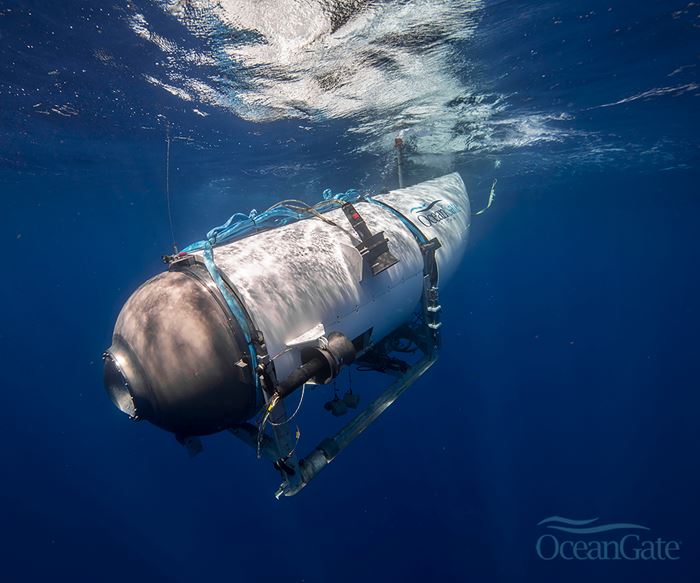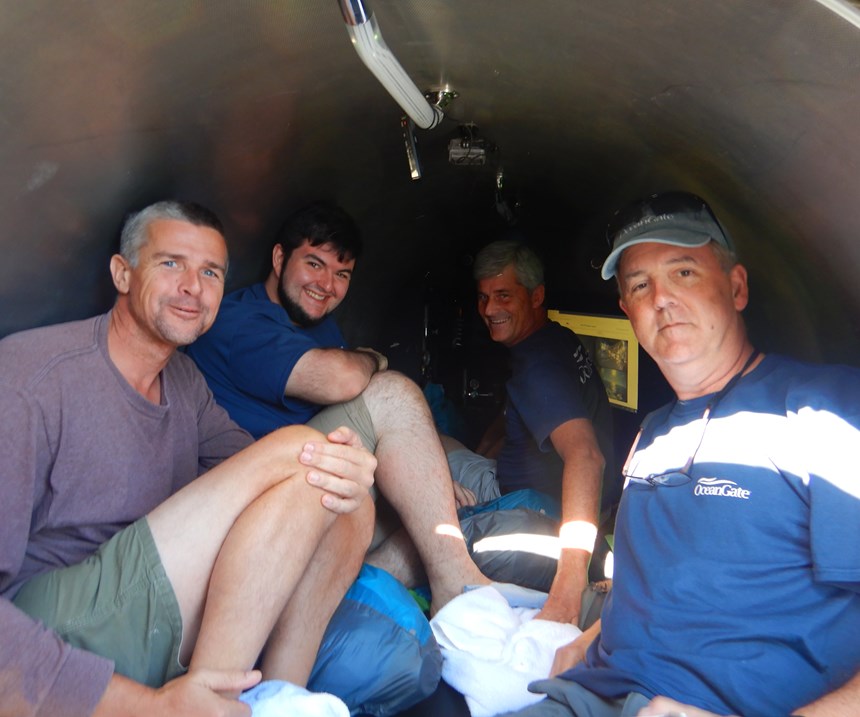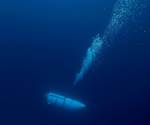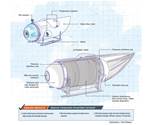OceanGate's Titan dives to 3,760 meters with four crew members
Titan, OceanGate’s five-person composites-intensive submersible, set a world deep-sea dive record while preparing for its Titanic Survey Expedition.
OceanGate Inc. (Seattle, Wash., U.S.) announces that its Titan submersible has transported a crew of four on a descent of 3,760 meters, breaking a deep-sea diving record. OceanGate says Titan is the only submersible capable of carrying five people beyond a depth of 3,000 meters.
Watch a video of Titan’s dive.
The dive, which was validated by a representative from Lloyd’s Register, took two hours to reach the ocean floor at approximately 2.34 miles beneath the surface outside Little Harbor near the Great Abaco Island in the Bahamas. The crew included Stockton Rush, CEO and chief pilot, OceanGate; Joel Perry, president, OceanGate Expeditions; Karl Stanley, owner of Roatan Institute of Deepsea Exploration (Honduras); and Petros Mathioudakis, field technician, 2G Robotics (Waterloo, Ontario, Canada). The dive crew spent an hour capturing 4K images and testing the 2G Robotics underwater laser scanner while conducting a survey of the ocean floor. The images, video and data captured will be used as real-world calibration for the Titanic Survey Expedition that OceanGate Expeditions has planned for June through August of this year.
“This dive was another important step toward opening deep-sea exploration to more people and places. We are developing technologies and designing submersibles and infrastructure that is making underwater exploration more accessible than ever before,” says Rush. Rush also recently piloted Titan in a 4,000-meter solo dive.
“This mission was a life-changing experience for me, and it was incredibly exciting to be part of this record-breaking crew,” says Mathioudakis. “The dive provided hands-on experience ahead of the Titanic expedition, and the information we gathered throughout the dive will help streamline how we capture data, perform scans, and catalog data while at sea this summer.”
OceanGate is improving submersible safety with its proprietary real time monitoring system that constantly monitors hull integrity throughout every single dive and its patented launch and recovery platform that permits the use of smaller vessels and eliminates the need for divers in the water during launch and recovery. Titan’s carbon fiber hull means it can accommodate up to five crew members, while being lighter than any other deep diving submersible. A smaller and lighter sub allows OceanGate to use smaller topside support vessels and means the submersible, its platform, and support systems can be transported anywhere in the world in standard shipping containers.
Read more about OceanGate’s composite submersible design and development in “Composite submersibles: Under pressure in deep, deep water”
Beginning June 2019, Titan will transport citizen explorers to a depth of 3,800 meters to explore the RMS Titanic during the first manned mission to the historic site since 2005.
Related Content
-
The lessons behind OceanGate
Carbon fiber composites faced much criticism in the wake of the OceanGate submersible accident. CW’s publisher Jeff Sloan explains that it’s not that simple.
-
European boatbuilders lead quest to build recyclable composite boats
Marine industry constituents are looking to take composite use one step further with the production of tough and recyclable recreational boats. Some are using new infusible thermoplastic resins.
-
Alliance for European Flax-Linen and Hemp reports increasing flax fiber adoption in marine
The natural fiber is increasing traction across several marine applications, including in projects by Greenboats, Northern Light Composites, the Beneteau Group and others.

.jpg;width=70;height=70;mode=crop)















